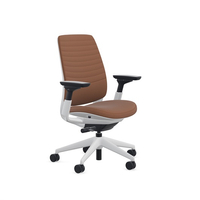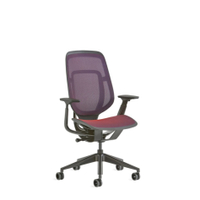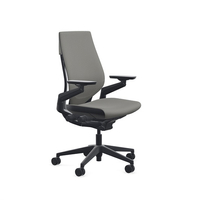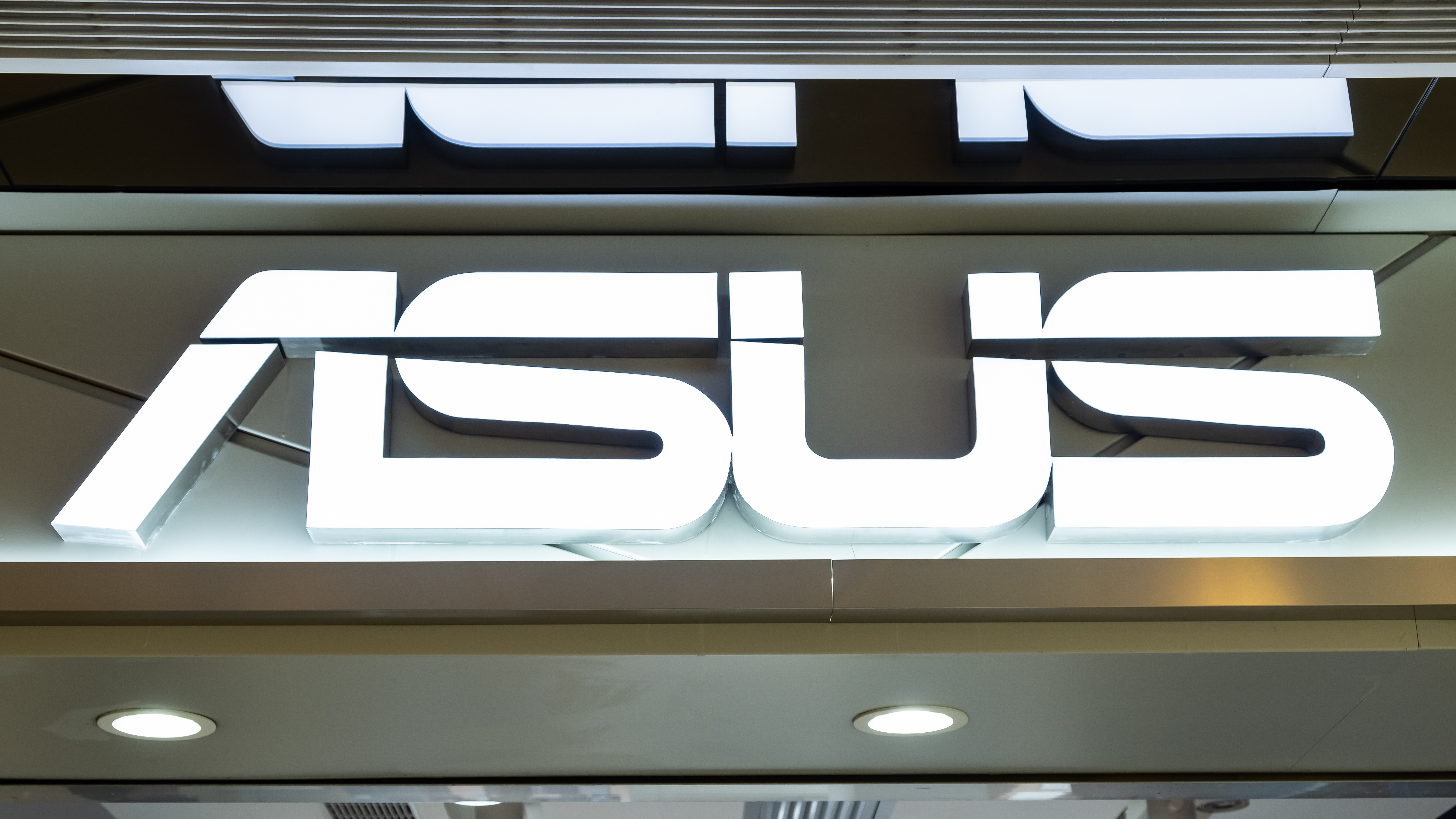Which Steelcase office chair should you buy? I'll break down the most popular models
Investing in a top-shelf brand like Steelcase definitely warrants some research
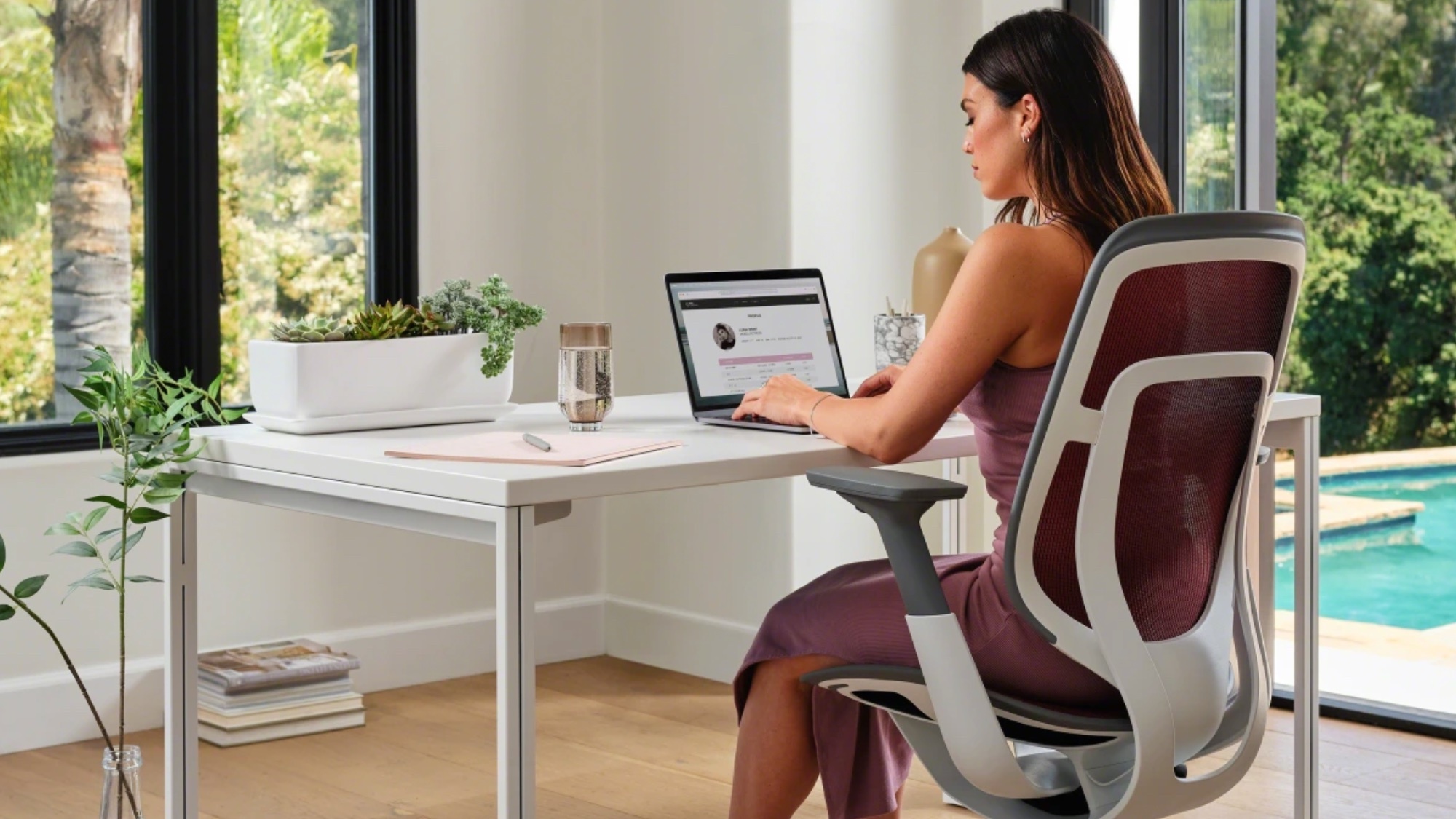
Steelcase chairs are some of the fanciest around — much with like rival brand Herman Miller, they represent a range of premium options that are made to withstand career-long usage while maintaining an unparalleled degree of comfort and adjustability. Steelcase's chairs are incredibly sturdy, yet they're lightweight and breathable just the same. Better yet, though they can be as pricey as $2300, these chairs can also be as affordable as $500 for much of the same top-tier tech.
Regardless of which chair you're looking at from the brand's lineup, one thing is certain: this is a big investment, and not one we recommend making without some thought and care for your specific needs.
To help keep the search for your next (and hopefully last) office chair on track, we've rounded up five of the most mention-worthy models to give them a proper comparison. For more options though, check out our roundup of the best office chairs.
Key Differences
Steelcase's chairs don't stray too far from each other in terms of their silhouettes. That said, we can boil down the functional differences between these models to a few simple categories.
Material: Steelcase uses several popular materials and suspension methods to make its chairs comfortable. Most importantly, the cushioning on these chairs can vary. Some, like the Gesture and Amia, have full-bodied foam backrests and seats for a cushy feel that lets you sink into your seat a little more. On the other hand, models like the Karman use thin mesh linings to provide sprightlier support and added breathability for your back.
Backrest Height: You also have your pick between low, mid, and high-back chairs from Steelcase's lineup to give yourself your preferred level of back and neck support. A low-back is best if you want a small seat that still has some lumbar support, and a high-back is less storable but will support your full back and neck. A mid-back is a compromise between the two that supports you up to your shoulders and takes up less space than a high-back chair.
Regardless of the backrest height you pick, the lumbar support these chairs offer is fantastic.
Sign up to get the BEST of Tom's Guide direct to your inbox.
Get instant access to breaking news, the hottest reviews, great deals and helpful tips.
Adjustability: The chairs we're looking at here are all height-adjustable, but depending on the model you pick, you can have a lot more freedom to configure their fit to your needs. Several models have adjustable recline angles, most have adjustable armrests, and every model can be customized to better suit your needs for an additional fee.
Steelcase Series 1
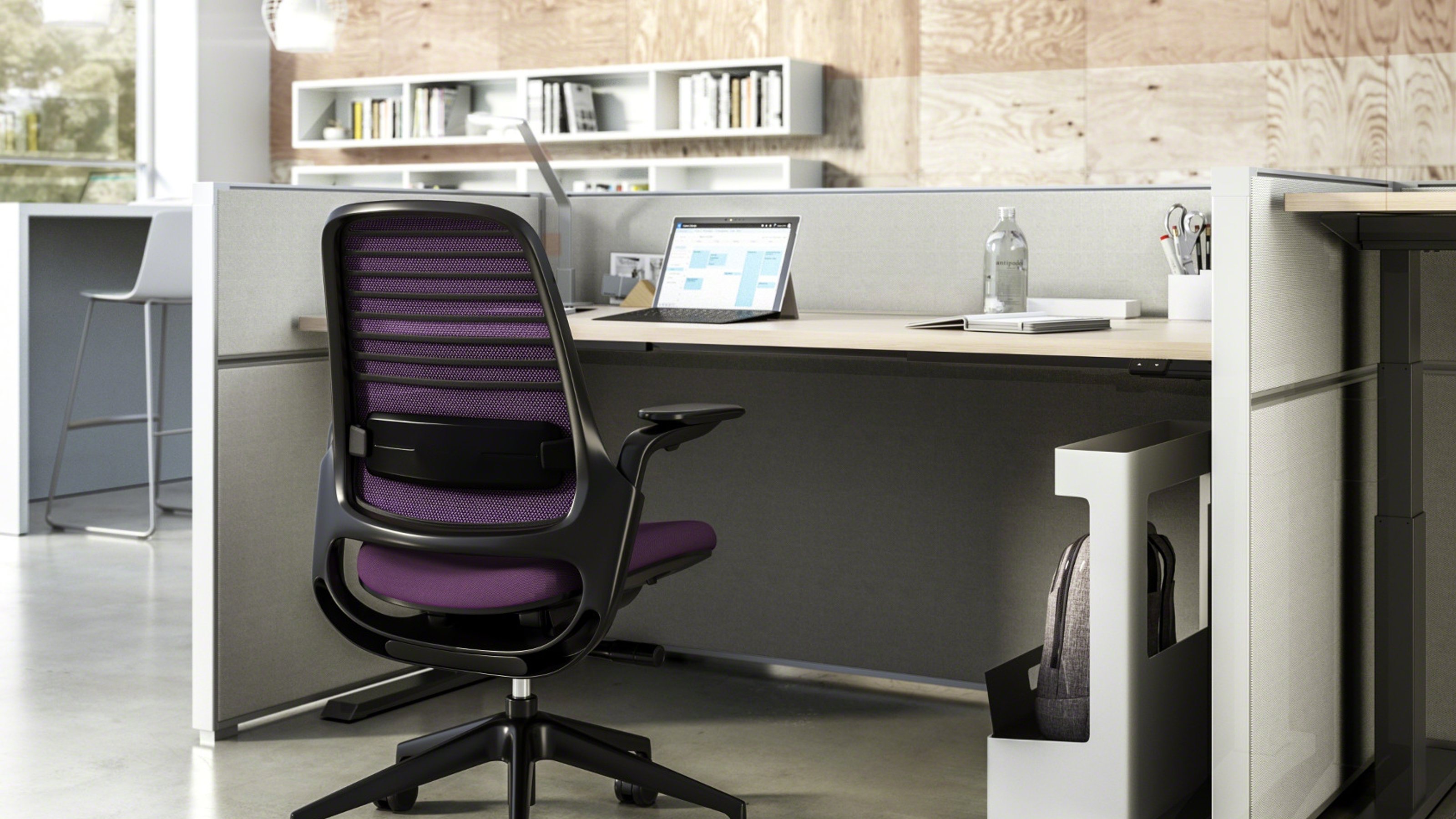
Starting just shy of $500, the Series 1 would make itself right at home in the middle or upper ends of many other chair brand lineups. As such, it's worth looking beyond the Series 1's role as Steelcase's cheapest chair. While this chair is relatively compact and doesn't boast the same wide, square backrest as many other models in this roundup, it's still plenty comfortable, especially around the lower back.
Unlike the next step up, the Series 2, this model has a super-thin mesh lining that maximizes airflow around your back to prevent sweat buildup. It may not be the most durable material out there, but it's incredibly easy to clean.
Steelcase Series 1: $492 @ Steelcase
At the bottom of Steelcase's price range, you'll find the Series 1, but it still features the same quality you can expect from the rest of the range. While this chair doesn't have too many flashy features, it does have a phenomenally well-ventilated backrest, and it's even more breathable than several other models higher up in the family.
Steelcase Series 2
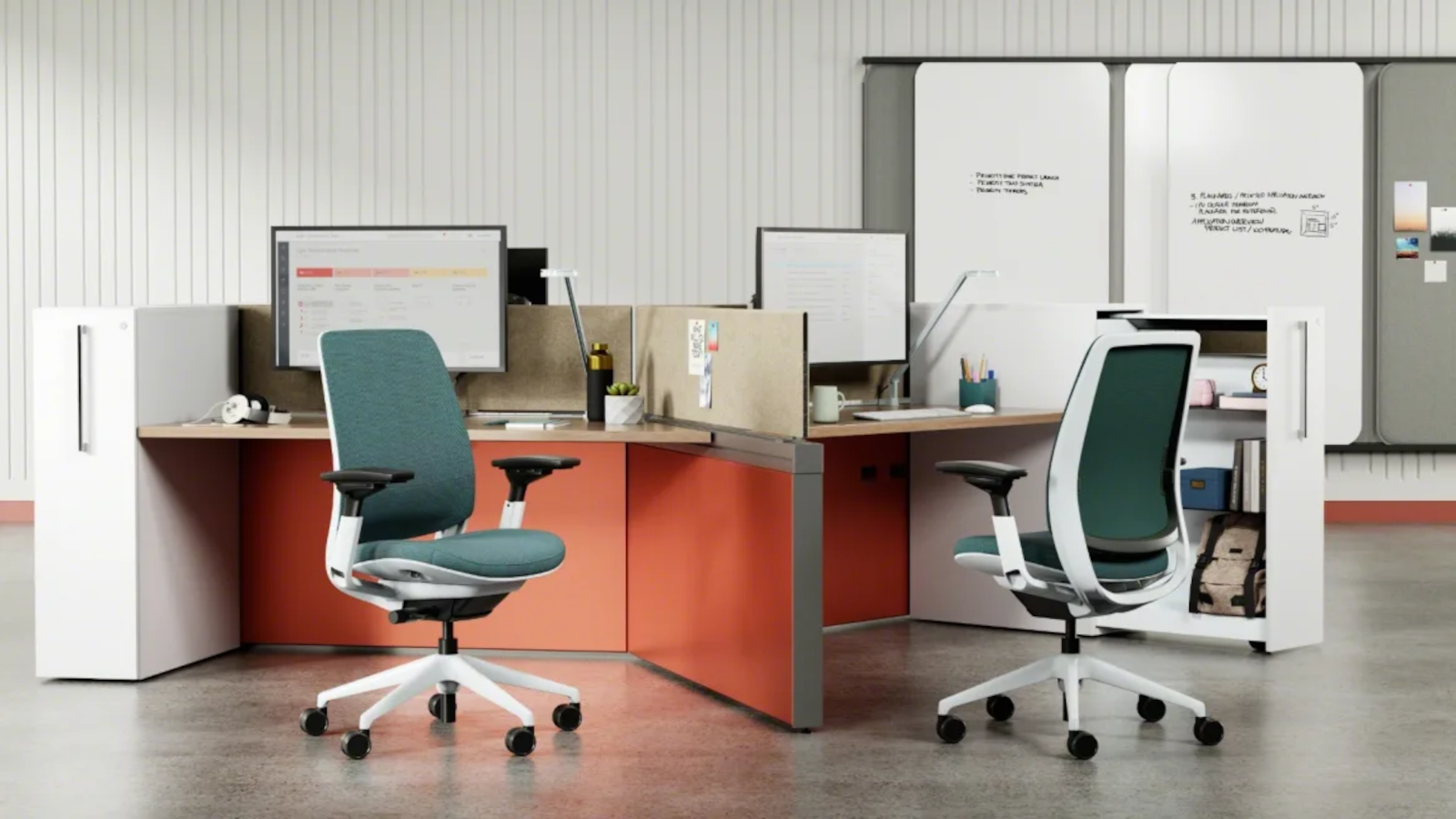
The Series 2, an apt follow-up and upgrade to the budget-friendly Series 1, sits on the opposite end of Steelcase's price spectrum than the Gesture. Priced as low as $794, this chair still isn't cheap, but its lower base price makes it highly customizable in terms of upholstery and colors. If office aesthetics are paramount, this chair is your best bet for getting a curated look without shattering your budget.
Good looks and a low price aren't the only things this chair has to offer, though: The Series 2 also has a fairly wide back (even wider than the Series 1), and the backrest is sneakily thin and breathable despite its foam-like appearance. This chair's recline resistance can also be adjusted to perfectly counteract your weight, and it comes standard with four-dimensional armrest adjustment, which can be hard to find at the base level on premium office chairs.
Steelcase Series 2: $794 @ Steelcase
The Series 2 is a highly adjustable task chair designed to fit tighter budgets. It features back support, 4-dimensional arm support/ergonomics, recline adjustments, and more. Unlike the Series 1, the overall back width and height on the Series 2 is slightly larger.
Steelcase Karman

There are some downsides that present themselves in mesh office chairs, as low-quality mesh so often tends to be either too hard or too soft. In other words, it can be difficult to get the right balance between comfort and support. This is why Steelcase decided to forego mesh and come up with its own proprietary performance textile instead for the Karman.
The Karman is Steelcase's lightest, most breathable chair thanks to its ultra-thin mesh-like backrest and seat. This textile is so thin that you can easily see the spine of the chair from the front, and this translates to unparalleled airflow that will prevent your back and your lower body from getting sweaty. This proprietary textile provides a pleasantly bouncy feel, but it also has the ability to mold to your back and give you targeted support around the contours of your lower back without losing its structure.
Much like other mesh chairs, this one is also incredibly easy to clean, and it's superbly light. The whole chair also comes fully built out of the box, and that lack of assembly pairs nicely with its low weight to make it easy to set up in pretty much any home.
Steelcase Karman: $846 @ Steelcase
The Steelcase Karman is unlike any chair we've tested. It's extremely light, remarkably comfortable, and offers excellent ergonomic support. In our Steelcase Karman review we said it goes beyond what mesh office chairs offer thanks to Steelcase's proprietary Intermix textile, which responds and adapts to your body's movements throughout the day.
Steelcase Amia
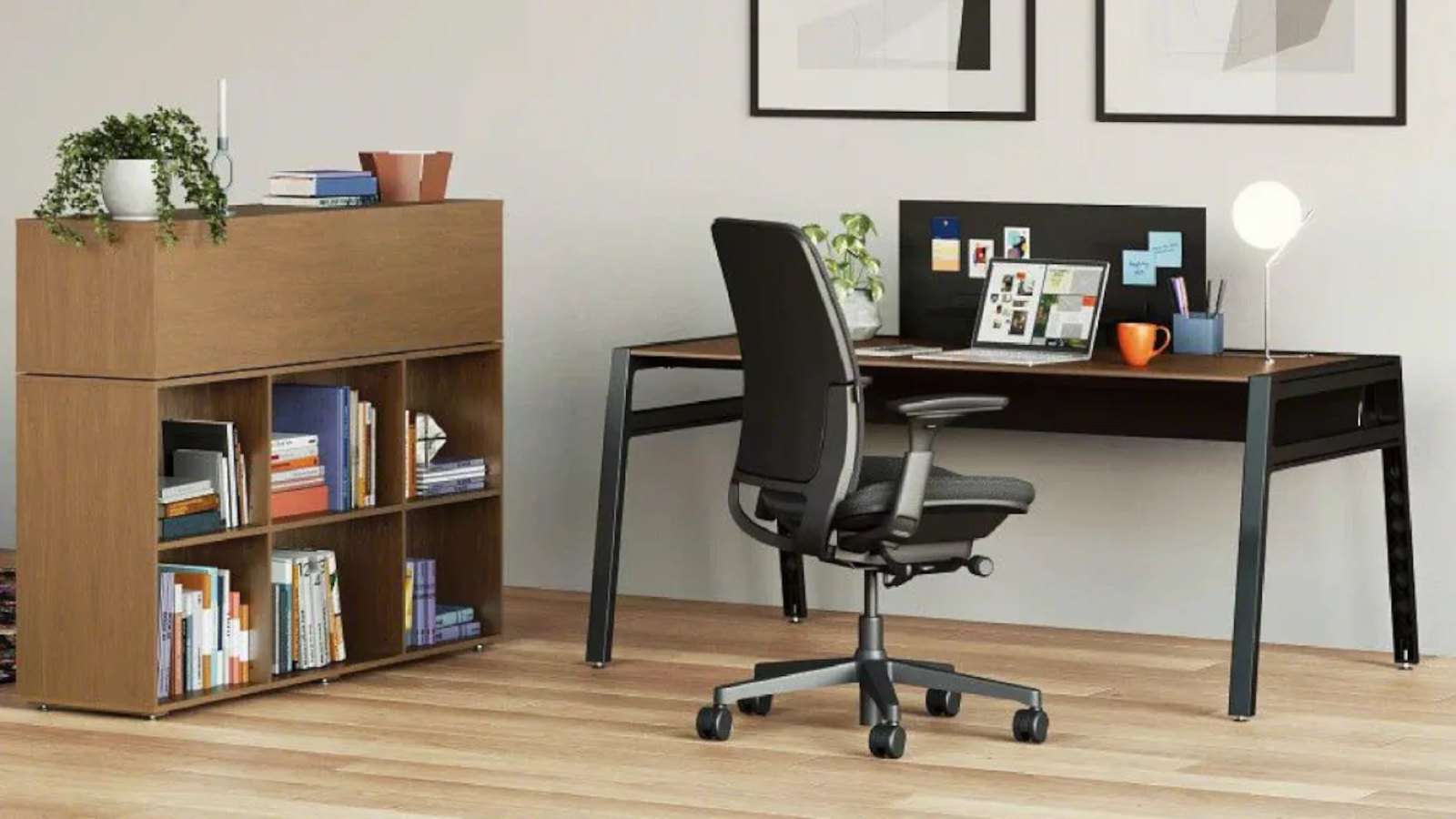
If you're new to adjustable office chairs (at least premium ones), the Amia is a phenomenal entry point that makes understanding your various adjustment points incredibly easy. This chair's design is relatively simple, and every lever, knob, and other movable part is labeled clearly to guide you through dialing in your fit.
Just like the Leap, the backrest here isn't particularly breathable, but it's similarly sturdy and also has adjustable lumbar support. It's also made to flex just a little around the edges to give you freedom to shift around without worrying about your back. A comfy foam seat and 4D armrests round out this chair's contact points.
Steelcase Amia: $999 @ Steelcase
We all know that standing throughout the day is good for your overall health, but the Amia actually encourages you to move thanks to its specifically engineered back design, which flexes to encourage movement and posture change. It also includes flexible edges for a pressure-free sit and adaptive bolstering in the seat cushion.
Steelcase Leap
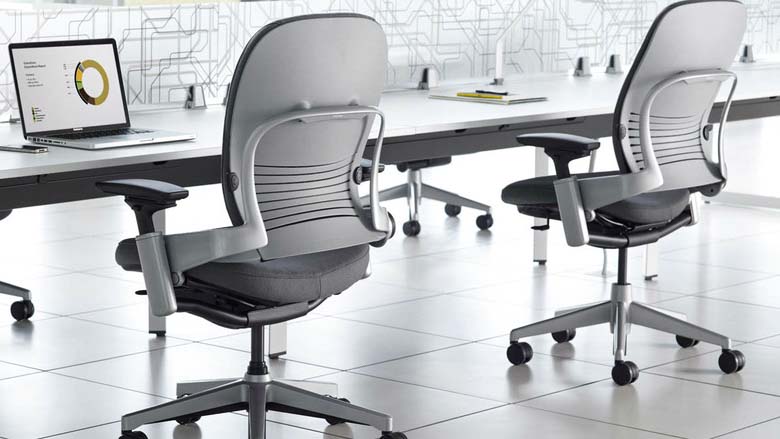
When we tested the Leap, we lauded it for its sturdy back support and its color customizability, and we also appreciated that the lumbar support is vertically adjustable.
This chair doesn't have the most breathable backrest (the Karman is a much better option in that regard), but it makes up for that slightly less breezy feeling with some wonderfully redundant support from shoulder to hip. The whole back of the chair is lined with hard material, meaning there's no way for you to warp the support to throw your back out of alignment.
This seat may not be the easiest to sink into, but if you're after a sturdy seat that keeps you relatively upright and supported, look no further.
Steelcase Leap: $1299 @ Steelcase
The Steelcase Leap is an excellent office chair with solid lower back support. In our Steelcase Leap review, we said the Editor's Choice chair is a great addition to any home office thanks to its excellent back support and wide range of colors.
Steelcase Gesture

The Gesture is Steelcase's flagship model, and subsequently its most popular. It's also one of the costliest, as some configurations can climb up to $2300 for the final price, but the quality you're getting with this chair cannot be understated. It's also impressively versatile for a range of user sizes and postures.
First and foremost, this chair is one of Steelcase's most sizeable models. It's a high-back, meaning the backrest feels substantial and supports you up to your shoulders, and the lumbar support it offers is similarly quite pronounced.
This chair uses foam cushioning, but it's not a sluggish seat by any means. Thanks to Steelcase's proprietary cushioning tech, which the brand calls LiveBack, you can sit in just about any position you can imagine in this chair and the cushioning will adapt to keep you from forming hot spots.
Steelcase Gesture: $1399 @ Steelcase
The Steelcase Gesture features 360-degree arms, a contoured back, and multiple adjustments designed to shape your posture. The chair's 3D LiveBack design also mimics the spine's full range of motion providing additional support no matter how you move.
More from Tom's Guide

Adam Schram is a staff writer covering home office gear for Tom's Guide, writing about everything from standing desks to comfy chairs to the occasional walking treadmill. Prior to his tenure with the team, he reviewed running gear for Runner's World, cycling gear for Bicycling, and the occasional Lego set for Popular Mechanics. Before he became a journalist, he was a bike mechanic in his home town of State College, Pennsylvania for almost seven years. Now, he's based in Philadelphia. He spends his free time ripping his bike around local trails, perusing the local music scene, and trying in vain to do the Sunday crossword without cheating.

